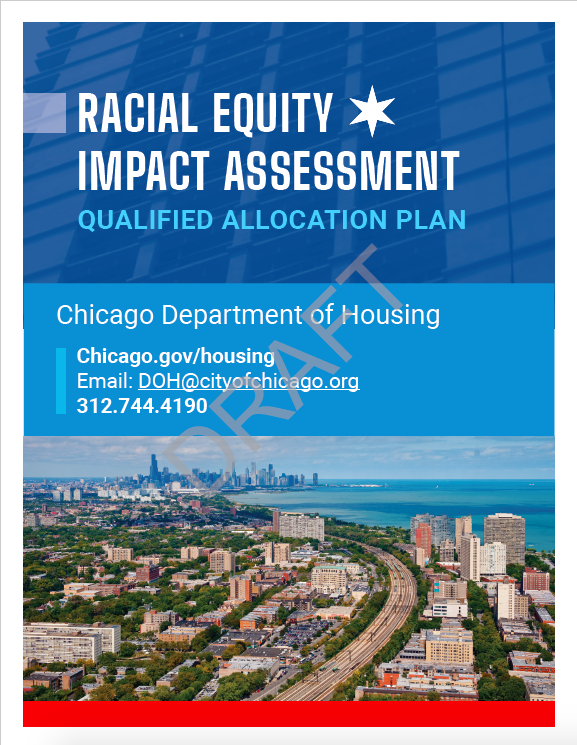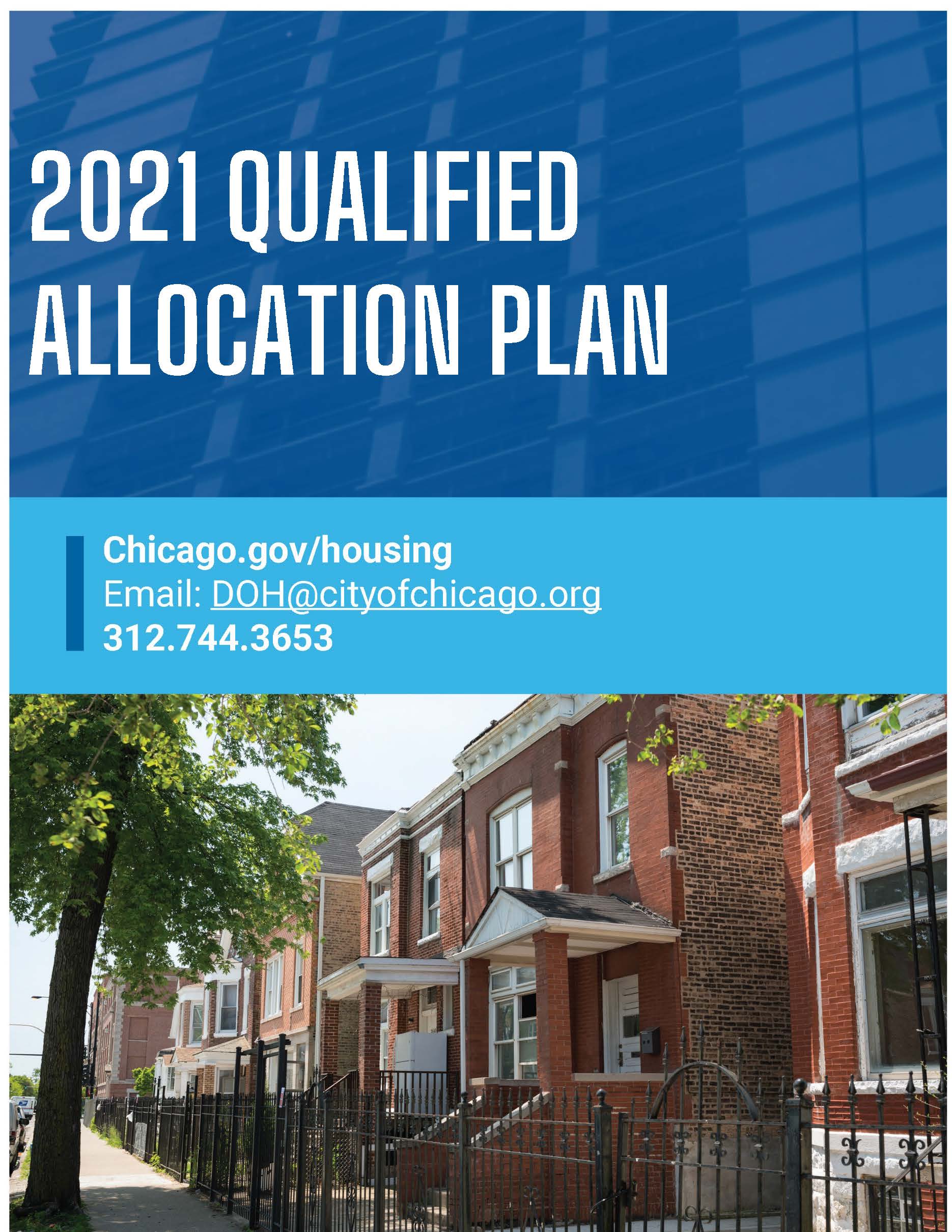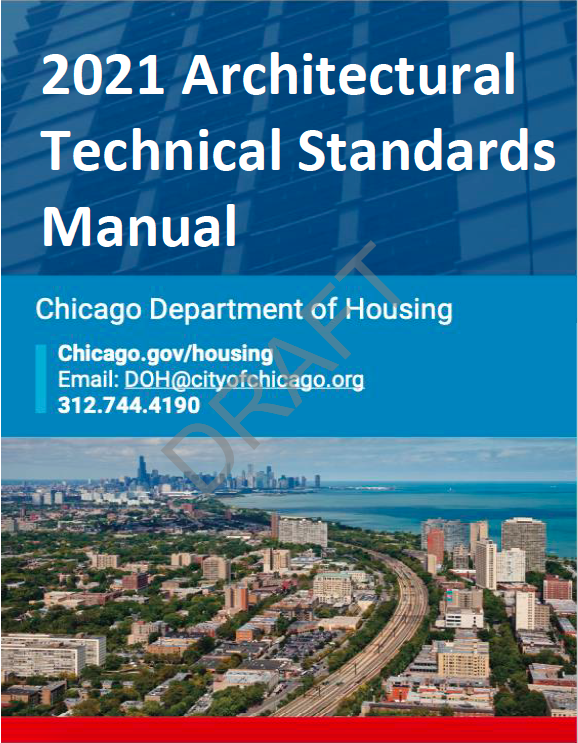2021 Qualified Allocation Plan
The funding round for the 2021 Qualified Allocation Plan (QAP) is closed.
Awardees of 2021 Low-Income Housing Tax Credits (LIHTC) were announced on Dec. 6, 2021. Due in part to the Chicago Recovery Plan, 24 developments were selected with an estimated $952 million in total development costs.
The Department of Housing (DOH) received 51 total applications and the selected projects are an innovative mix of new construction, preservation, and rehabilitation, including Chicago's first development in partnership with and for indigenous populations, and an adaptive reuse of a former Chicago Public School building for re-entry housing. Click here for a complete list of the 51 proposals received through the 2021 QAP funding round.
The 2021 QAP, which helps DOH direct federal affordable housing funds to the neighborhoods where they are most needed. Starting in 2019, DOH announced its intention to issue a new QAP every two years, allowing affordable housing developers the opportunity to plan and prepare.
The QAP sets forth the rules under which the City offers affordable housing development funding in the form of federal Low Income Housing Tax Credits, commonly referred to as LIHTC. The QAP describes the selection criteria and application requirements for receiving these federal tax credits and tax-exempt bonds.
LIHTC is a public-private partnership in which investors provide equity for low-income rental properties in exchange for a federal tax credit over several decades. LIHTC is the most significant resource available for creating affordable housing in the United States. Without the equity, most affordable rental housing projects do not generate sufficient funds to work financially. The City of Chicago receives a limited number of these housing tax credits to allocate each year based on its population.
The 2021 QAP includes recommendations from the country's first Racial Equity Impact Assessment (REIA) on a QAP that DOH conducted last year. REIAs examine how different racial and ethnic groups will likely be affected by a proposed action or decision. DOH hosted a series of workshops focused on determining the benefits and burdens of the QAP in its current form. Through the REIA QAP, DOH sought to examine the QAP and its processes through a racial equity lens and consider how incorporating the needs of the diverse resident population into its design may garner opportunities for wealth-building and advancing communities developed with LIHTC. The recommendations include increasing opportunities for developers and contractors of color to participate, ensuring tenant applicants are not unfairly screened out by conviction records or credit scores, and addressing residents’ mental health needs.
Reference Materials
- 2021 Qualified Action Plan (QAP)
- 2021 QAP Application
- 2021 QAP Instructions
- Architectural Technical Standards (ATS) Manual
- 2021 QAP Updates
*If you need to access this document in a language other than English, please email your request to doh@cityofchicago.org for a copy in your preferred language. Allow at least 10 business days for processing.




